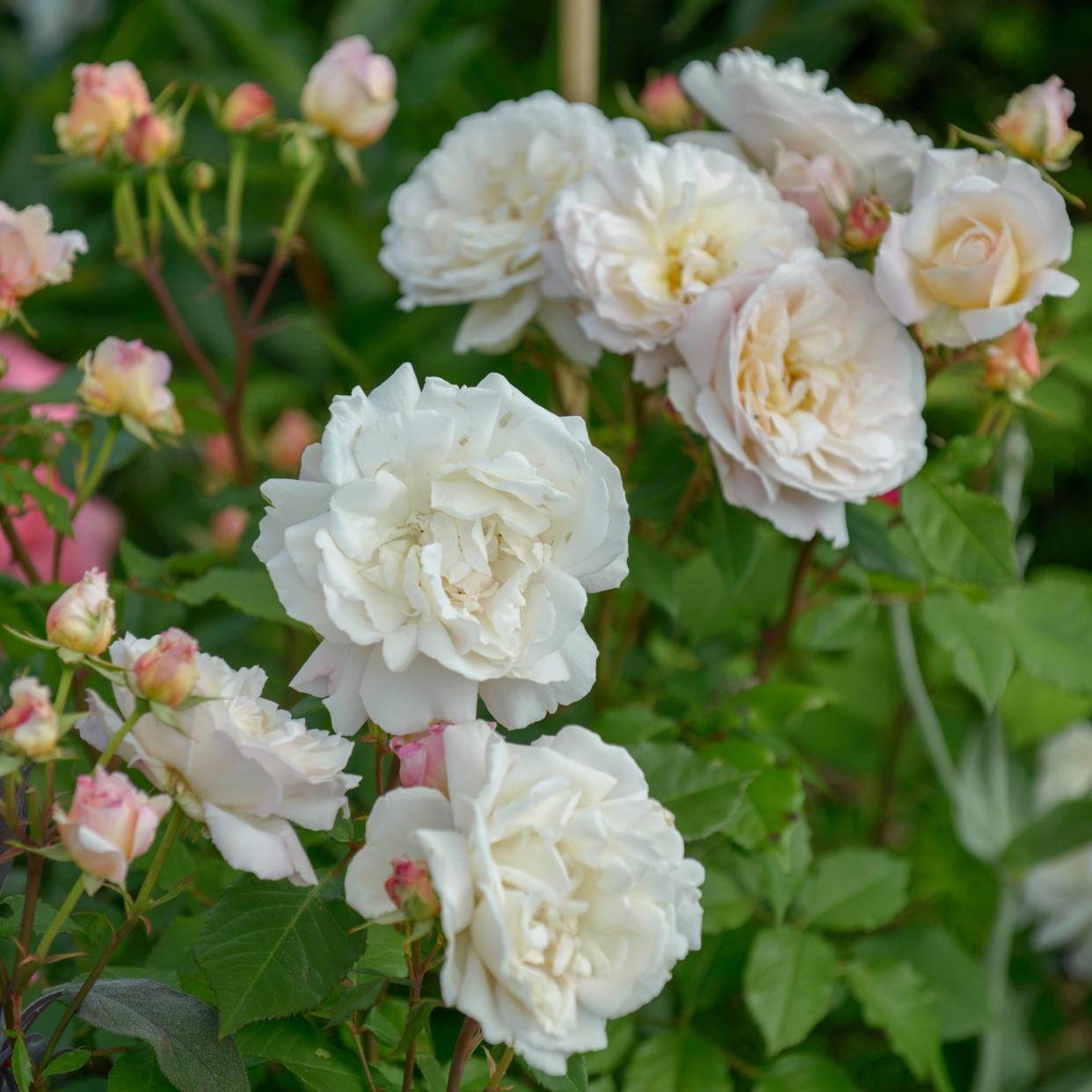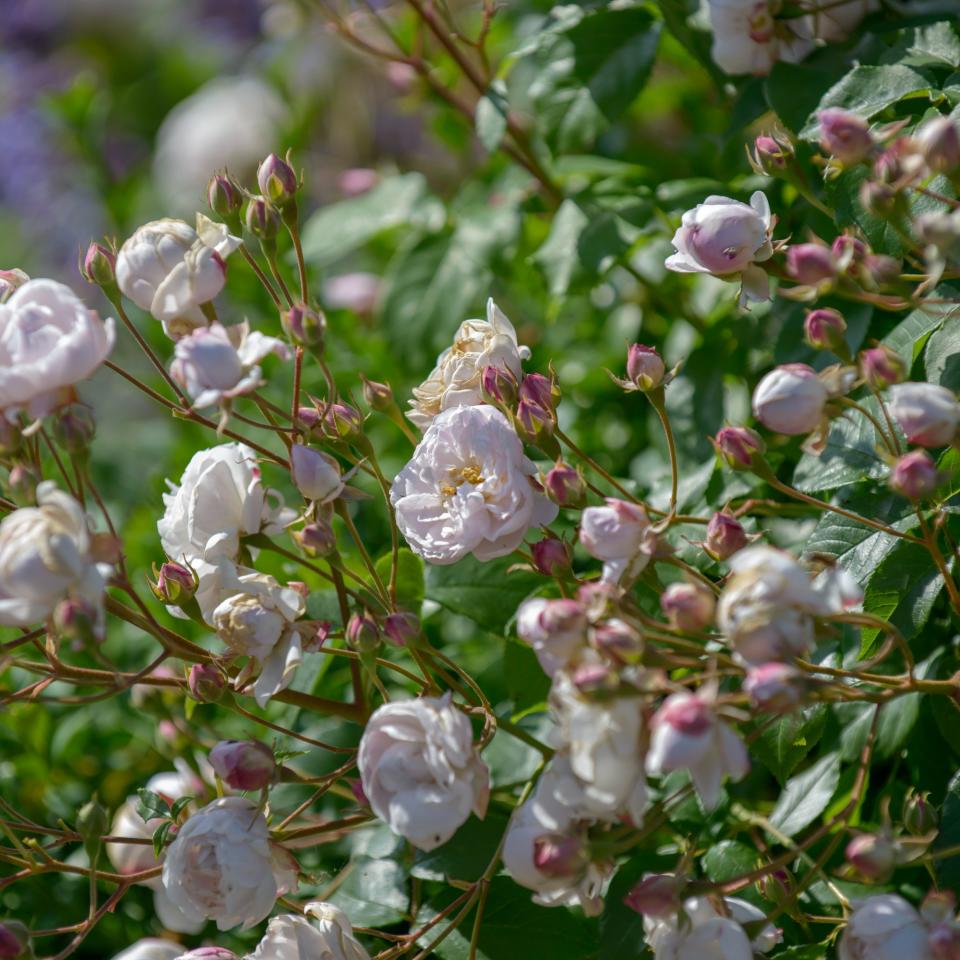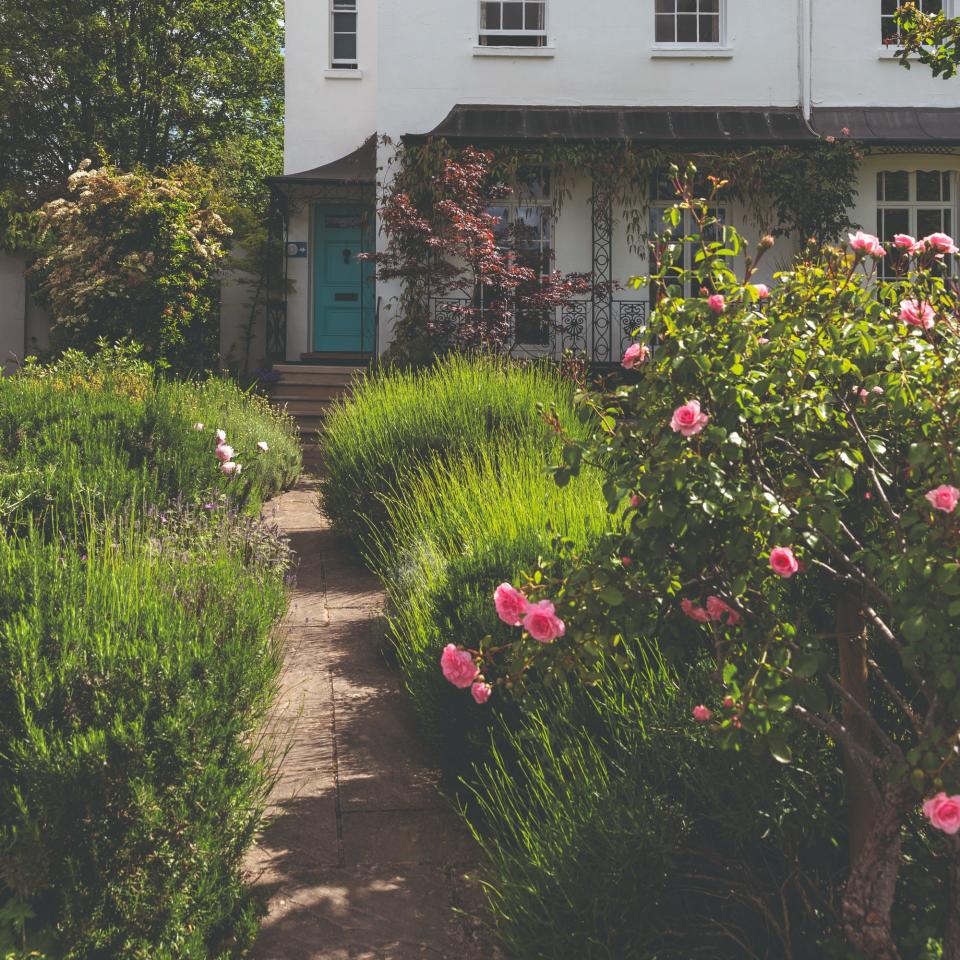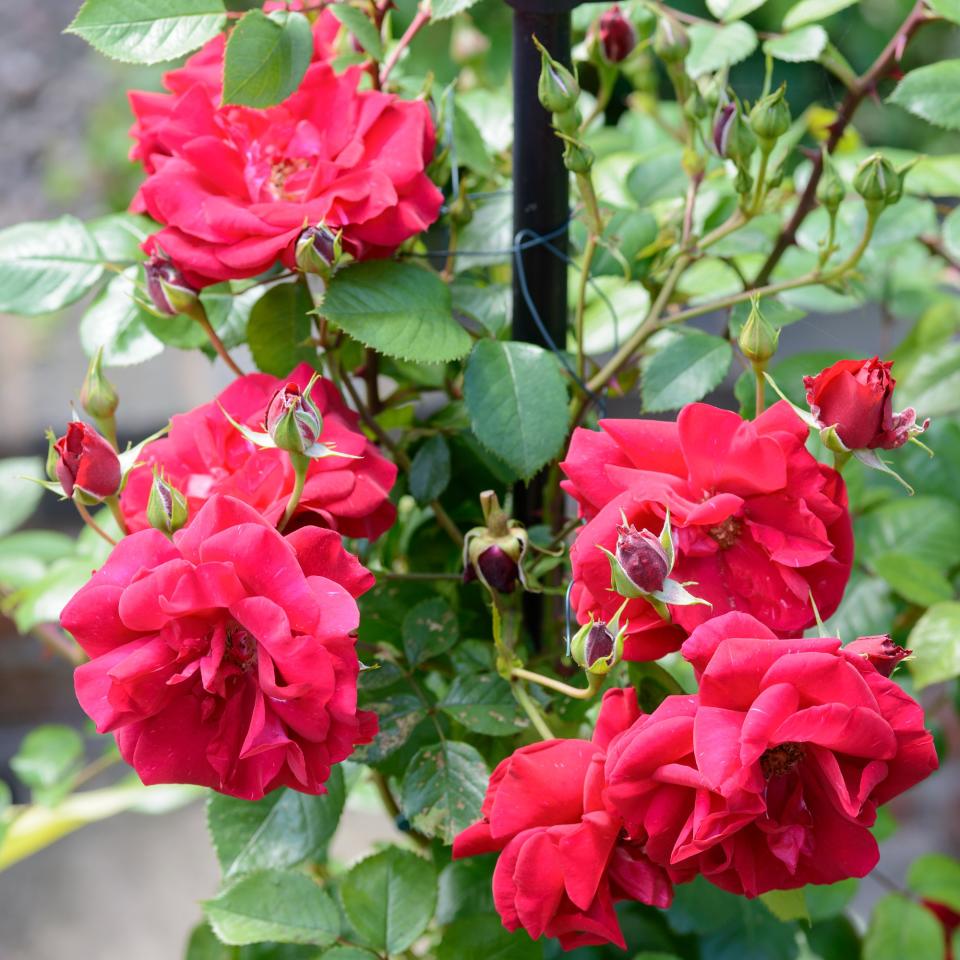When should you prune roses to get full, beautiful blooms

English gardens are typically known for their traditional rose bushes, found in most of the country’s flower beds. So to do the iconic (and national!) flower justice, every rose owner should know exactly how to take care of theirs.
You might have many questions when it comes to rose care. Are you asking yourself - when should I prune roses? Knowing when to prune your roses is just as important as knowing how to deadhead roses or how to take rose cuttings for multiplying your rose plants. So we asked our gardening experts to shed some light on the perfect rose pruning time. And getting the timing right is the name of the game apparently.

When should I prune roses?
Firstly, don’t confuse pruning for deadheading. While the former is the process of removing any part of the plant, the latter refers to removing solely the spent blooms from the plant.
But it’s not just about how to prune your roses. It’s very much about when, too, as pruning at the wrong time ‘can negatively affect your roses and cause further growing issues,’ says Steve Chilton, gardening expert from LeisureBench.
And nobody’s ideal garden idea includes such an image. What we want are healthy and full rose blossoms. So what is the best time then?
‘Generally, the best time to prune roses is at the beginning of spring, or at the end of winter. This is because these are the times where new growth starts, so your roses will be more reactive,’ Steve explains.
What you'll need
Bypass pruners, like these Wilkinson Sword Aluminium Bypass Pruners at Amazon
Bypass loppers, like these Wilkinson Sword Bypass Loppers at Amazon
Gardening all-purpose gloves, like these Town & Country Premium All-Purpose Gloves
How to prune roses
If you’re also wondering how to go about pruning your roses, then we prepared a little how-to guide for you to follow as per our experts. But they do warn that the type of rose plant you own will be an important factor in the way you prune it.
‘Roses are a well-loved classic for a reason – and pruning them properly will help them bloom beautifully,’ says Mark Hewett, sales manager from Wilkinson Sword. ‘Of course, there are so many varieties of roses, from climbing to miniature, rambling to shrub, but our tips here can be used across most types, to keep them looking healthy and flowering well.’
‘Follow specific instructions depending on the types of roses in your garden. Different types of roses have different pruning needs and requirements,’ adds Steve.

But as a rule of thumb - and especially if you own an English or Shrub rose plant, which is the most common type of rose in the UK - these are the steps to take when pruning:
Remove stems that cross one another any diseased or or damaged branches.
‘Make sure that you cut out dead and diseased stems, and any that are spindly and crossing, as well as poorly flowering old wood. The aim should be for well-spaced stems that allow free air flow and allow those lovely flowers to bloom with plenty of space to grow,’ Mark recommends.

Next step, trim. ‘Trim any exceptionally long branches by around a fourth of their length. If they are especially long, trim them back to around a third of their length,’ says Steve. Alternatively, instead of trimming you can secure them to the ground to encourage new growth, he advises.
‘Trim back any buds from the previous growing season, taking it all the way back to the shoot as long as it's healthy. This will encourage new growth from the shoot,’ Steve adds.
What not to do

There are a couple of things to avoid. The first is over-pruning. Yes, you can certainly overdo it when pruning roses.
‘This can cause major problems with regrowth as your roses will simply not grow back as full and well as they should do. Only prune what you need to,’ Steve says.
Secondly, always protect yourself when dealing with roses. As pretty as they are, their thorns can cut deep so it’s advised to protect your hands by wearing glove to keep you safe and comfortable.

